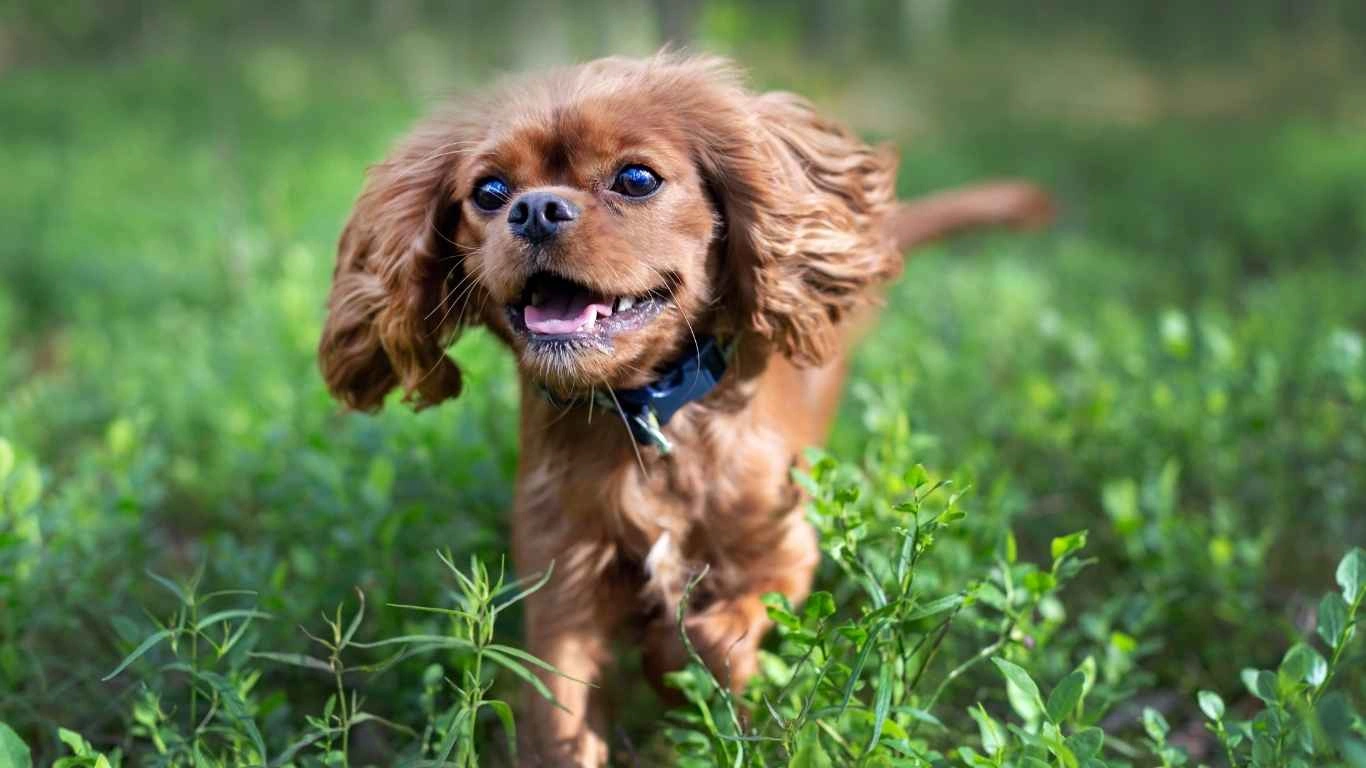Can Dogs Eat Cooked Squash? The Surprising Benefits for Your Pup
As pet owners, we’re always looking for new, healthy foods to share with our furry companions. One question that frequently comes up is, “Can dogs eat cooked squash?” If you’re considering adding this vegetable to your dog’s diet, you’re in the right place. In this post, we’ll explore the surprising benefits of cooked squash for your pup, how it can enhance their health, and why it’s a great, natural treat to offer. Plus, we’ll dive into a few precautions to keep in mind when feeding your dog squash, ensuring your pet stays happy and healthy. So, let’s get started!
The Nutritional Value of Cooked Squash for Dogs
If you’re looking to add a healthy veggie to your dog’s meals, squash is a fantastic choice. It’s loaded with vitamins and minerals that can offer a variety of health benefits. Just like we enjoy the health benefits of squash, your dog can too, but only if served correctly! Let’s take a closer look at the nutrients in squash that make it so beneficial for your pup.

Rich in Vitamins
Cooked squash is packed with vitamin A, which supports your dog’s immune system, eye health, and skin. Dogs, especially older ones, can benefit from this vitamin because it helps maintain their overall health. It’s also rich in vitamin C, which can help reduce inflammation, support your dog’s joints, and even improve their skin health.
Along with these, squash is an excellent source of vitamin B6, which is important for proper brain function and metabolism. In fact, this vitamin helps with your dog’s cognitive abilities and overall energy levels, ensuring they stay sharp and alert!
Packed with Antioxidants
Squash is loaded with antioxidants like beta-carotene, which help reduce oxidative stress in the body. This can be especially important for dogs that are prone to inflammation or age-related conditions like arthritis. The antioxidants found in squash can help protect your pup’s cells from damage and contribute to their overall longevity.
High in Fiber
Another great benefit of squash is its high fiber content. Fiber is essential for maintaining a healthy digestive system, and it can be especially helpful for dogs that suffer from constipation or digestive issues. The fiber in squash can regulate bowel movements, prevent constipation, and even help with weight management.
Health Benefits of Cooked Squash for Dogs
Now that we know the nutritional value of cooked squash, let’s dive into some of the amazing health benefits it can offer to your dog.
Supports Digestive Health
If your dog has a sensitive stomach or digestive issues, cooked squash can be a great addition to their diet. The fiber in squash acts as a natural stool softener, which can help with constipation and diarrhea. I’ve personally seen this benefit in my own dog, who tends to have occasional digestive issues. A small serving of cooked squash really helped keep things running smoothly for him!
Helps with Weight Management
For dogs that are on a weight management plan, squash can be a game-changer. It’s low in calories but high in fiber, which means your dog can feel full without consuming too many calories. This makes it an excellent choice for dogs on a diet or those that are simply prone to putting on extra pounds. Just be sure to serve it in moderation, as with anything in your dog’s diet.
Boosts Immunity
With its high levels of vitamins A and C, squash can provide a boost to your dog’s immune system. Vitamin A plays a crucial role in maintaining a strong immune system, while vitamin C helps to fight off infections and diseases. Squash also has anti-inflammatory properties that can support your dog’s overall health by reducing inflammation in the body.
Improves Skin and Coat Health
As a dog owner, I’m always looking for ways to improve my dog’s skin and coat. One thing I’ve found is that incorporating squash into his diet has made his coat shinier and his skin less prone to dryness. The vitamins and antioxidants in squash are excellent for promoting healthy skin and coat, keeping your dog looking and feeling great!
How to Safely Prepare Squash for Your Dog
While cooked squash can be a healthy treat for your dog, it’s important to prepare it properly to avoid any issues. Here are a few tips for serving squash to your pup:
- Remove the seeds: Squash seeds can pose a choking hazard, so make sure to remove them before feeding your dog.
- Cook it thoroughly: Dogs should only eat cooked squash, as raw squash can be hard for them to digest. Boil, steam, or bake the squash until it’s soft and easy for your dog to chew.
- Avoid seasoning: Don’t add any salt, sugar, or spices to the squash. Plain, cooked squash is best for your pup!
- Serve in moderation: Like any treat, squash should be offered in moderation. Too much fiber can lead to digestive upset, so start with small portions and monitor how your dog reacts.
Now that you know the basics of cooking and serving squash to your dog, let’s explore a few more important things to consider in the next section. Stay tuned!
Are There Any Risks to Feeding Your Dog Cooked Squash?
While cooked squash can offer a range of health benefits, it’s important to understand that like any new food, there are potential risks to keep in mind. As much as we love feeding our dogs healthy, nutritious foods, we always need to be cautious when introducing something new to their diet. I’ve personally experienced a little trial and error in this area, and I want to share some things I’ve learned along the way.
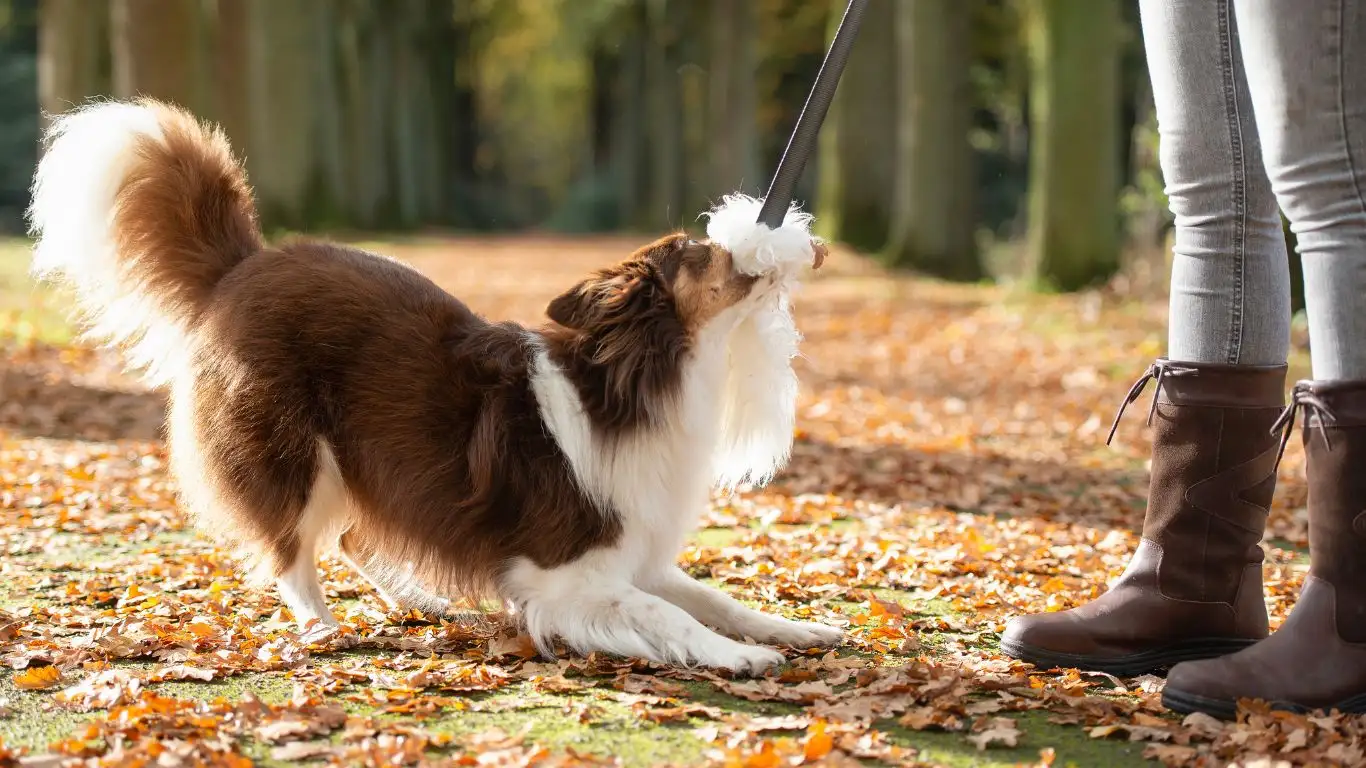
Too Much Fiber Can Upset Your Dog’s Stomach
As mentioned earlier, squash is high in fiber, and while fiber is beneficial for your dog’s digestive health, it can be a little too much of a good thing if served in excess. Too much fiber can cause bloating, gas, or even diarrhea in some dogs. It’s always best to start with small amounts and see how your dog reacts. When I first introduced squash to my dog’s diet, I made the mistake of serving a bit too much, and let’s just say we both learned a valuable lesson about moderation! If your dog seems to have an upset stomach after eating squash, it’s probably best to cut back a bit on the portion size next time.
Potential Allergies or Sensitivities
Although squash is generally considered safe for most dogs, some might have sensitivities or allergies to it. If you’ve never given your dog squash before, it’s a good idea to monitor them closely after their first serving. I always recommend introducing any new food slowly and in small quantities. Watch for any signs of discomfort, like excessive itching, vomiting, or changes in their stool. If you notice any of these symptoms, it’s best to consult your vet to determine whether squash is a good option for your dog.
Watch Out for Uncooked Squash
While cooked squash is safe and healthy, raw squash is a different story. Raw squash can be difficult for dogs to digest and might cause an upset stomach or other digestive issues. I’ve learned from personal experience that it’s always better to cook squash until it’s soft. Whether you boil, steam, or bake it, ensure the squash is thoroughly cooked before offering it to your dog. This makes it easier for them to digest and absorb all the good nutrients it offers!
How Much Squash Should You Feed Your Dog?
It’s important to be mindful of portion sizes when feeding your dog squash. Even though squash is packed with nutrients, it should still be served in moderation. Too much of anything—even something healthy—can lead to digestive upset or an unbalanced diet. I’ve found that a small spoonful of cooked squash mixed into my dog’s regular food is the perfect amount. But, of course, portion sizes will vary depending on your dog’s size, breed, and health status. If you have a smaller dog, you’ll want to give them even less.
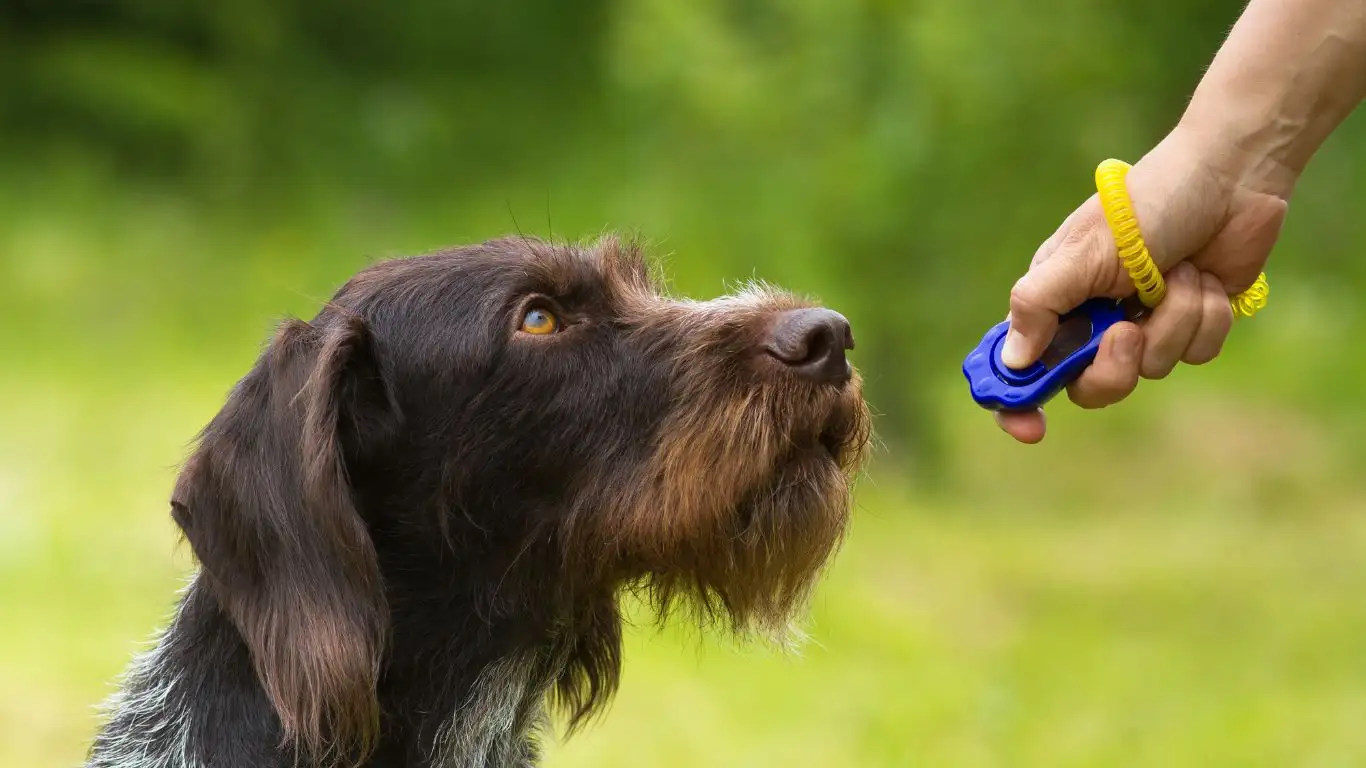
Start Slow
When introducing any new food to your dog, it’s always a good idea to start slow. I made the mistake of giving my dog too much squash too quickly, and it wasn’t pretty. Start with a small portion, like a tablespoon or two, and gradually increase it over time. This allows you to monitor your dog for any signs of digestive upset and helps their body adjust to the new food. Plus, introducing new foods slowly is always a good practice to avoid overwhelming your dog’s digestive system.
Consider Your Dog’s Size
Another factor to consider when feeding your dog squash is their size. Larger dogs can typically handle a bigger serving, while smaller dogs should be given smaller portions. I have a smaller dog, and I’ve found that about a tablespoon of cooked squash is plenty for him. Larger dogs, on the other hand, may be able to tolerate a larger portion. Always keep your dog’s size and dietary needs in mind, and remember that moderation is key!
Mix with Their Regular Food
If you’re not sure how your dog will react to squash, try mixing it into their regular food. I love to add a little cooked squash to my dog’s meal as a topping. It’s a great way to enhance their usual food with added nutrients without making a huge change to their diet. This also helps prevent any digestive upset, as your dog’s stomach is already used to their regular food.
Can Squash Help Dogs with Specific Health Conditions?
It’s always exciting when we discover a new food that can benefit our dogs’ specific health needs. For some dogs, squash can be more than just a tasty treat; it can play a role in managing certain health conditions. While I’m not a veterinarian, I’ve seen firsthand how squash can support different aspects of a dog’s health, particularly when it comes to digestive issues and weight management. Let’s explore a few ways squash can help your dog in these areas.
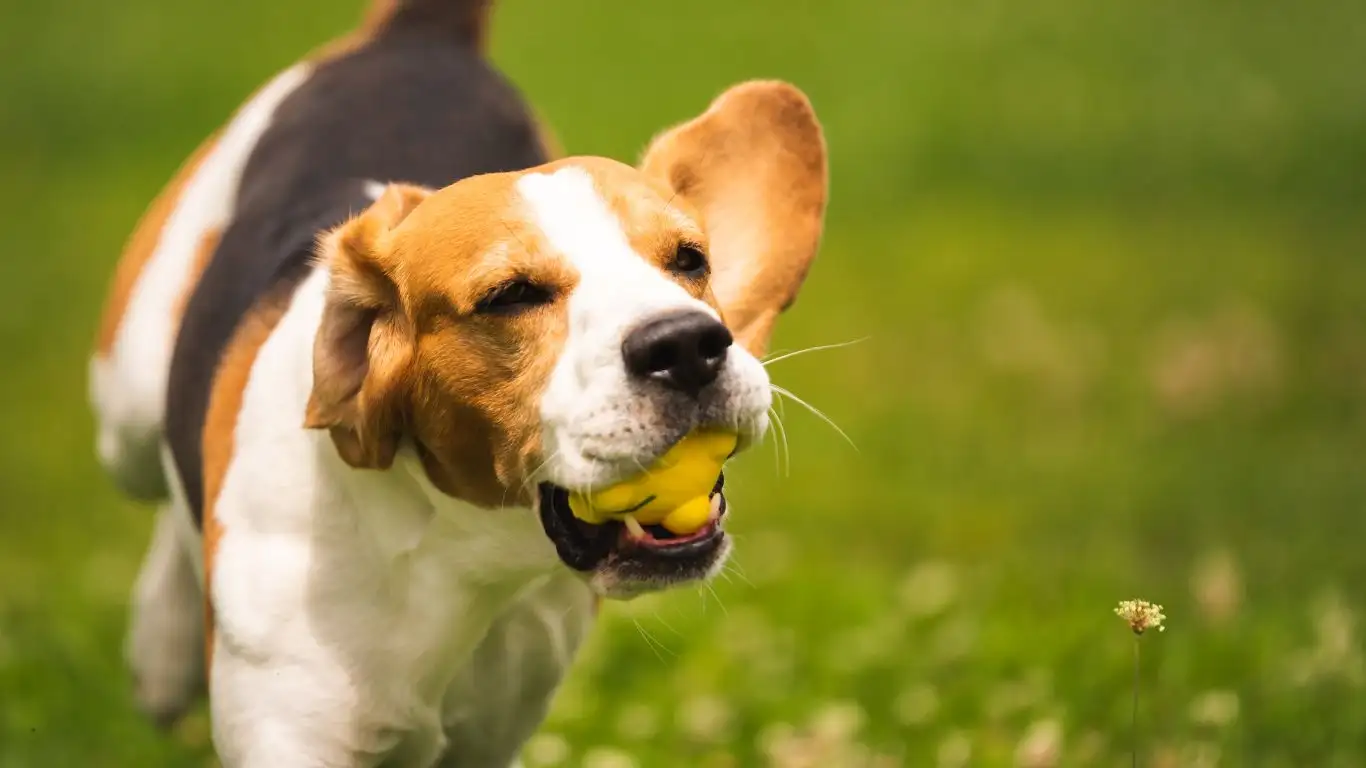
Supporting Dogs with Digestive Issues
For dogs that struggle with constipation or other digestive issues, squash can be a real lifesaver. The fiber in squash helps to regulate bowel movements and can keep your dog’s digestive system running smoothly. If your dog has a sensitive stomach or struggles with regular bowel movements, adding some cooked squash to their diet can help alleviate these issues. I’ve personally found it useful for my dog when he experiences mild constipation—it really helps things move along and keeps him comfortable!
Helping with Weight Management
If your dog is on a weight management plan, squash can be a great low-calorie option to fill them up without overloading their system with extra calories. As mentioned earlier, squash is high in fiber, which helps keep your dog feeling full longer. This makes it an excellent food to add to their meals if you’re trying to manage their weight. Just be sure to balance it with other healthy ingredients to create a well-rounded meal for your pup.
How to Incorporate Cooked Squash into Your Dog’s Diet
Now that you know the benefits and risks of feeding your dog cooked squash, let’s talk about how to actually incorporate it into their diet. After all, the goal is to make it a tasty and nutritious addition to their meals, not just a once-in-a-while treat. Based on my own experience with my dog, I’ve come up with a few easy ways to add squash into their regular meals while ensuring they get all the benefits without overdoing it.
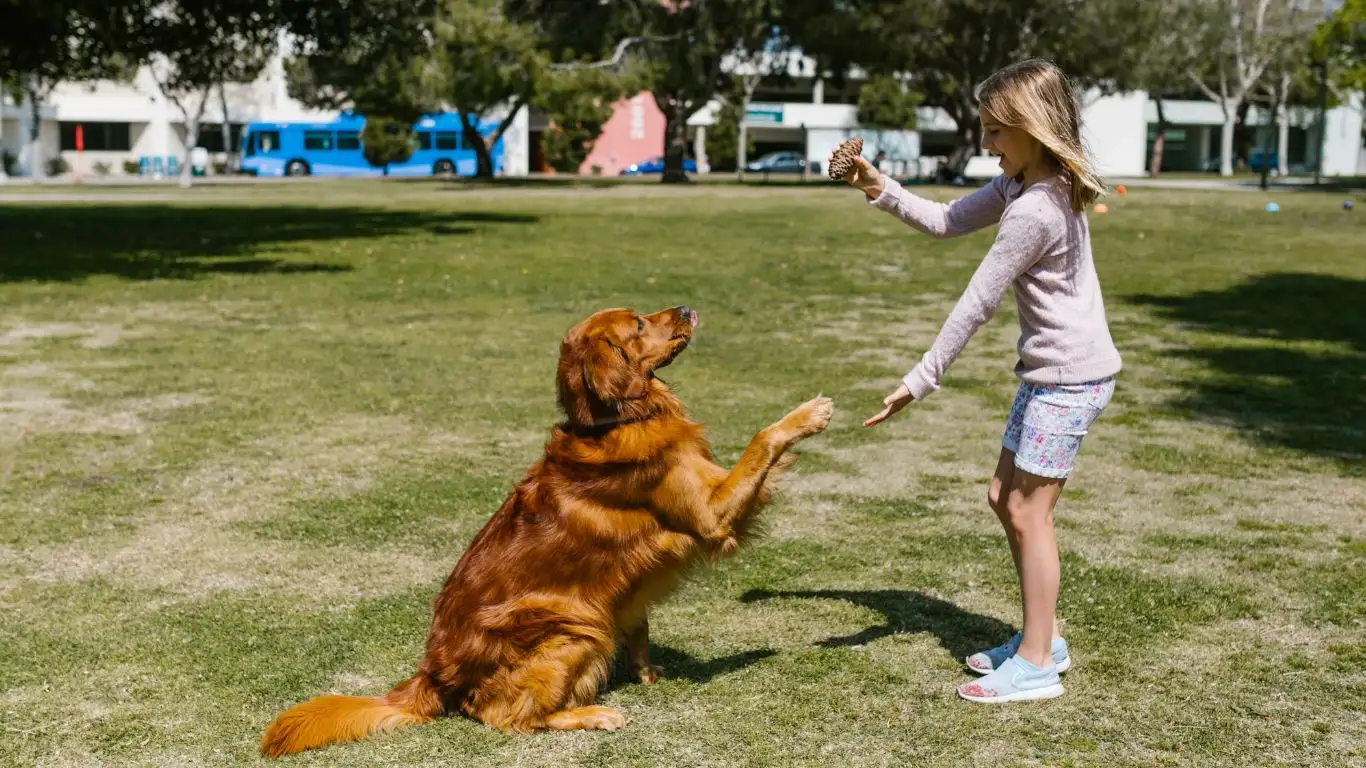
Mix with Other Veggies
One of my favorite ways to give my dog squash is by mixing it with other dog-friendly vegetables. For example, combining cooked squash with sweet potatoes, carrots, or green beans can make for a balanced, healthy treat. I’ve found that dogs, especially mine, love variety in their meals, so mixing up different veggies keeps things interesting. The best part? Squash pairs well with many other vegetables, which helps provide your dog with a wide range of nutrients.
Just be sure that all the veggies are cooked properly, and avoid adding any harmful seasonings. My dog, for example, loves a simple mix of cooked squash and sweet potatoes, and I occasionally add in a little steamed broccoli for extra crunch!
Squash as a Topping
If your dog already eats kibble or canned food, try adding a small portion of cooked squash as a topping. I’ve noticed that it adds a little extra flavor and excitement to my dog’s regular meals, which is perfect if your dog is a picky eater. Squash is mild in flavor, so it doesn’t overwhelm the taste of their regular food. Just add a spoonful or two and mix it in well to keep it balanced.
Homemade Dog Treats
Another fun way to incorporate squash into your dog’s diet is by using it as an ingredient in homemade dog treats. I’ve tried making some simple squash-based dog biscuits, and my dog absolutely loves them. You can blend cooked squash with oats, a bit of egg, and a small amount of peanut butter to create a tasty and healthy snack for your pup. If you’re into baking, this is a great way to create healthy homemade treats. Just be sure to stick to dog-safe ingredients and avoid anything harmful like chocolate or xylitol.
When to Avoid Squash in Your Dog’s Diet
While squash can be a great addition to most dogs’ diets, there are a few situations where you might want to avoid it or consult your veterinarian first. It’s always better to be cautious and check with your vet if you’re ever unsure. Based on my experience, here are a few scenarios when it might be best to skip the squash.

Dogs with Specific Health Issues
If your dog has certain health conditions, such as diabetes, kidney disease, or food allergies, it’s important to consult your veterinarian before adding squash to their diet. Squash is generally safe, but it’s not suitable for every dog. For example, if your dog is on a special diet due to a health condition, you’ll want to make sure squash doesn’t interfere with their specific nutritional needs. My friend’s dog, for instance, has a sensitivity to high-fiber foods, so they were advised to avoid adding squash to her diet.
Dogs with a History of Digestive Problems
If your dog has a sensitive stomach or a history of digestive issues like bloating or diarrhea, you might want to avoid giving them squash, especially in large amounts. While squash is generally good for digestion, too much fiber can sometimes worsen digestive problems. I’ve learned the hard way that introducing new foods too quickly can cause discomfort in dogs with delicate stomachs. Start slowly and monitor for any signs of discomfort before making squash a regular part of their diet.
References
Disclaimer
While cooked squash can be a healthy treat for most dogs, it’s important to remember that every dog is different. Before making any significant changes to your dog’s diet, it’s always best to consult with your veterinarian, especially if your dog has existing health conditions or dietary restrictions. The information provided here is intended for general guidance only and should not replace professional medical advice. Always monitor your dog closely after introducing any new food, and stop feeding it if you notice any adverse reactions.
As always, I encourage you to take a personalized approach when introducing new foods to your dog’s diet. What works for one dog may not be suitable for another, so keep your pup’s specific needs in mind. Squash can be a fantastic addition to your dog’s diet, but it’s important to do so safely and responsibly.
